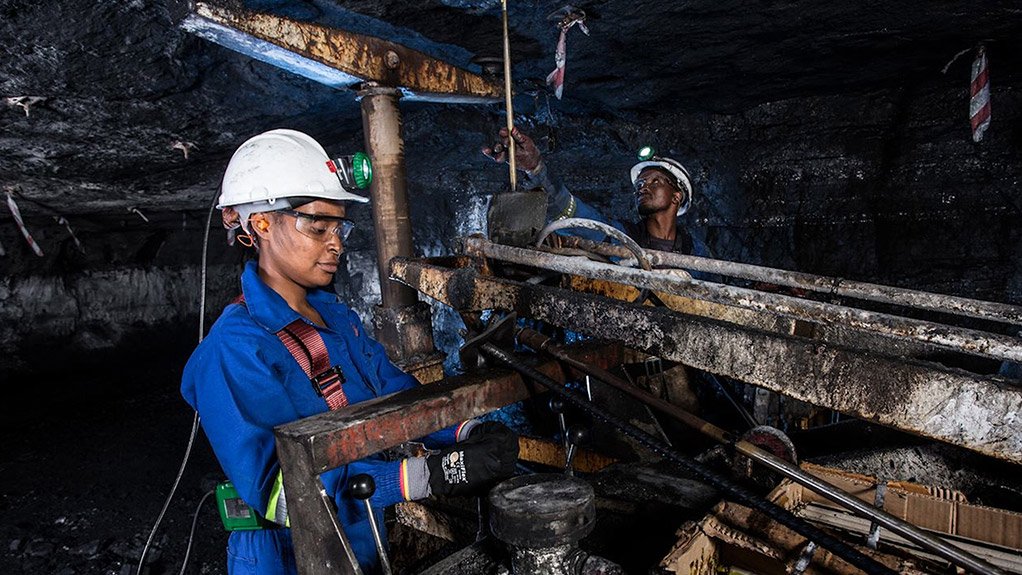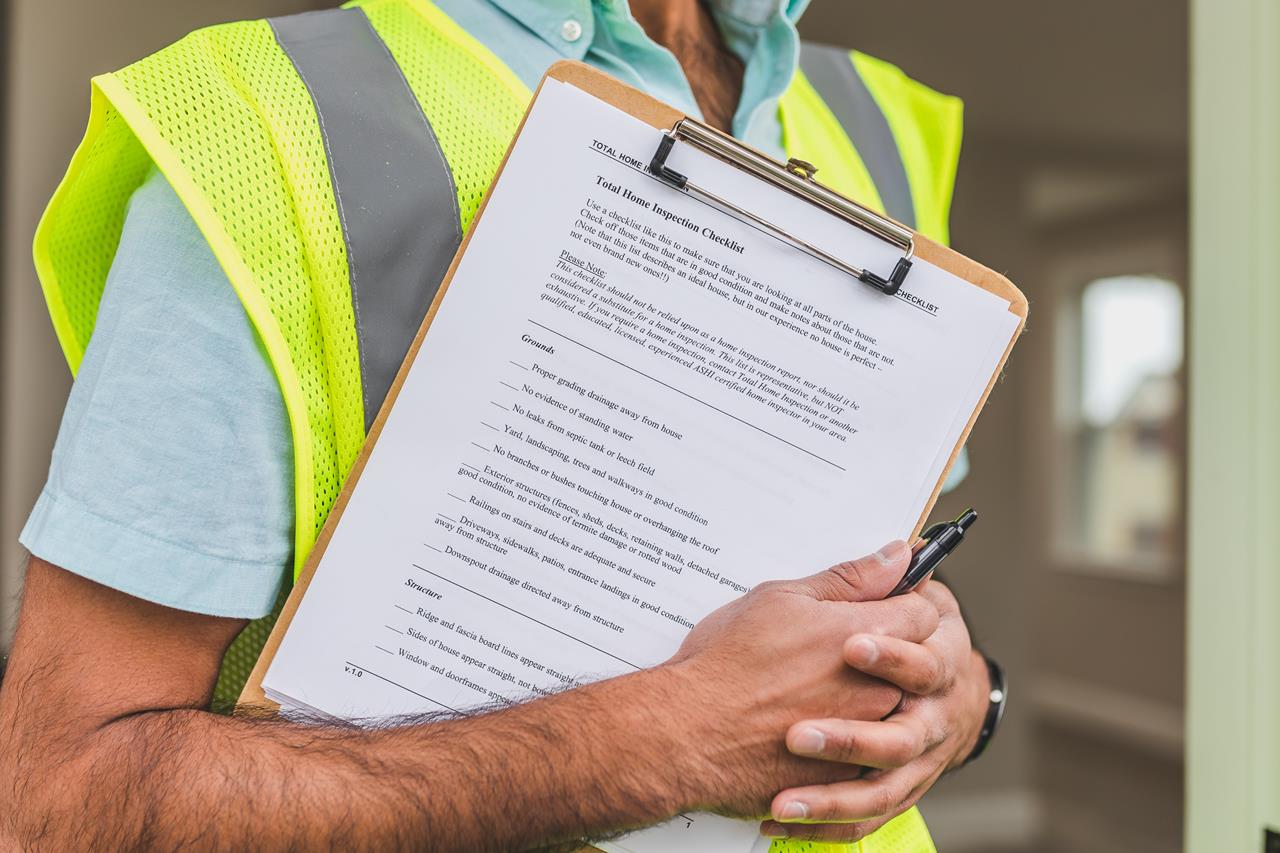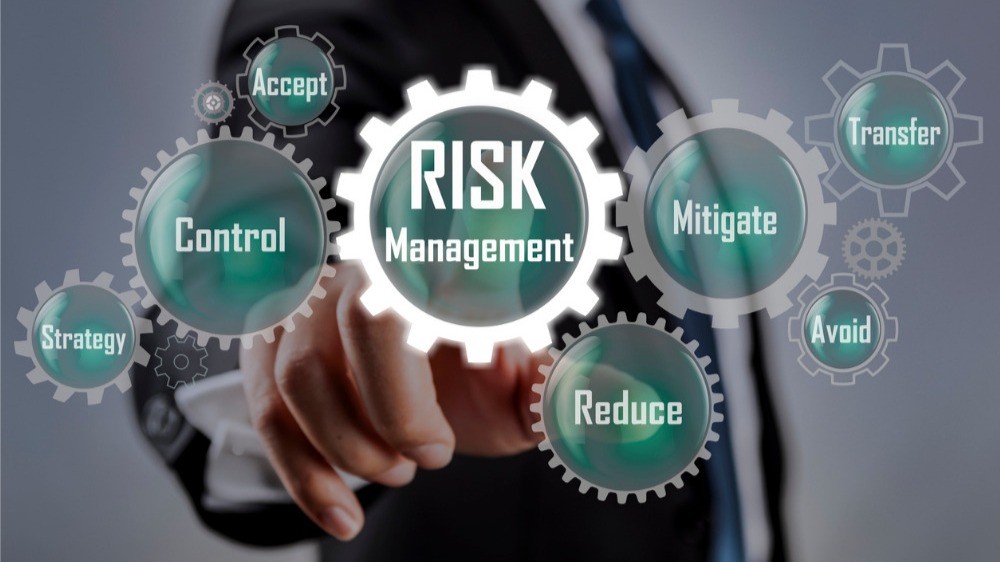Take a moment to consider women’s approach perspectives on risk, or women’s natural ability to improve safety compliance. Studies has shown that women can be more detail-oriented and adhere more strictly to rules which is crucial in an industry where precision and adherence to safety procedures are paramount.
With the advantages of adding women’s unique ability to the workplace, let’s consider the unique challenges the Mining Industry faces in ensuring the Health and Safety of its growing female workforce. While general safety laws apply to everyone, specific, tailored approaches are essential for women.
Unique Health and Safety Challenges Faced by Women in Mining:
When considering occupational health and safety in the mining industry, it’s crucial to acknowledge the differences between men and women. While both genders face inherent mining hazards like rockfalls, noise, dust, and heavy machinery, certain issues disproportionately affect women. Ignoring these distinctions can lead to ineffective safety measures, health problems, and a less inclusive work environment.
Here’s why differentiation is vital across key areas:
Personal Protective Equipment (PPE)
Historically, PPE has been designed for the “average” male physique. This means simply offering smaller men’s sizes often creates ill-fitting and unsafe gear for women.
- Anatomical Differences: Women generally have different shoulder-to-hip ratios, shorter torsos, narrower shoulders, and smaller hands and feet. PPE designed without these considerations can be baggy in some areas and tight in others.
- Safety Risks: Loose gloves can reduce grip, oversized boots can cause tripping, and helmets might not fit securely, compromising head protection. Ill-fitting clothing can also snag on machinery, leading to injuries.
- Comfort and Mobility: Uncomfortable and bulky PPE restricts movement, leading to fatigue and increasing the risk of accidents.
- Hygiene and Dignity: One-piece overalls, for example, can be extremely difficult and undignified for women to remove when using restrooms, especially in limited privacy underground.
Musculoskeletal Disorders (MSDs)
Women can be more susceptible to certain MSDs due to anatomical and biomechanical differences, as well as the design of tools and tasks.
- Anthropometry and Strength: Mining tasks and tools are often designed assuming male strength and body dimensions. Using tools too large or heavy, or performing tasks with awkward postures, can place excessive strain on women’s joints and muscles, increasing the risk of injuries like sprains, strains, and repetitive stress injuries.
- Repetitive Tasks: Certain repetitive tasks, when performed with ill-fitting equipment or in non-ergonomic setups, can disproportionately affect women.
Reproductive Health
The mining environment can pose specific risks to women’s reproductive health, especially for those who are pregnant or breastfeeding.
- Hazard Exposure: Exposure to certain chemicals, heavy metals, dust, radiation, extreme temperatures, noise, or vibrations can potentially harm a developing fetus or be transferred through breast milk.
- Legal Protections: South African law generally prohibits pregnant women from working underground and requires employers to offer suitable alternative work to protect both the mother and child.
- Workplace Accommodations: Policies are needed to accommodate maternity leave, provide appropriate breaks and private facilities for breastfeeding, and facilitate temporary reassignment to less hazardous roles during pregnancy.
Hygiene and Sanitation Facilities
Adequate and appropriate facilities are crucial for women’s health, dignity, and safety.
- Inadequate Facilities: Mines have historically lacked sufficient, clean, well-lit, and private ablution (toilet and changing) facilities, particularly underground.
- Health Risks: Poor sanitation can lead to urinary tract infections (UTIs) if women delay using facilities, and inadequate privacy can create discomfort and security risks.
- Security Concerns: Poorly lit or isolated facilities can make women vulnerable to harassment or assault.
Psychosocial Hazards, Gender-Based Violence (GBV), and Harassment
Women in male-dominated industries like mining often face significant psychosocial stressors and a higher risk of gender-based violence and harassment.
- Sexual Harassment and Assault: This is a pervasive issue, with women frequently experiencing verbal, emotional, and even physical harassment or assault, especially in isolated areas or due to discriminatory attitudes.
- Discriminatory Practices: Women may face unfair treatment in hiring, promotions, pay, or career development.
- Exclusion and Isolation: Being excluded from informal networks or experiencing subtle forms of discrimination can lead to feelings of isolation and negatively impact career progression and mental well-being.
- Bullying and Intimidation: A male-dominated culture can sometimes foster bullying or intimidation tactics.
- Legal Mandates: Recent South African guidelines specifically mandate mines to develop policies, training, and support systems to combat GBVF and promote a safe environment.
Fatigue and Work-Life Balance
The demanding nature of mining work can uniquely affect women, especially when considering traditional societal roles.
- Demanding Shifts: Long hours, night shifts, and demanding physical work can lead to fatigue for all workers. However, women often bear a disproportionate burden of unpaid care work (e.g., childcare, household duties) outside of work hours.
- Increased Stress: Balancing demanding work schedules with family responsibilities can lead to increased stress, burnout, and exacerbate fatigue, impacting both physical and mental health.
- Support Systems: Lack of adequate support systems (e.g., flexible work arrangements, childcare facilities) can make it challenging for women to sustain long-term careers in mining.
Recognizing and addressing these gender-specific differences is not just about compliance; it’s about creating a truly inclusive, safe, and healthy mining environment where all employees can thrive.
Employer’s Responsibilities:
To create a safe environment for all genders, but considering the great value that female employees bring to the workplace, the employers must consider and implement the following:
- Conduct gender-specific risk assessments.
- Provide appropriate, well-fitting PPE for women.
- Ensure adequate, safe, and private facilities.
- Implement strong GBVF prevention and response programs.
- Promote an inclusive workplace culture.
- Manage reproductive health hazards with policies for pregnant/breastfeeding workers.
- Offer tailored safety training.
- Continuously monitor and evaluate Health and Safety measures for women.
Ultimately, integrating women into mining is a powerful positive for the industry, and with proactive, specific measures to guarantee their safety, health, and dignity, this vital inclusion can truly flourish.







